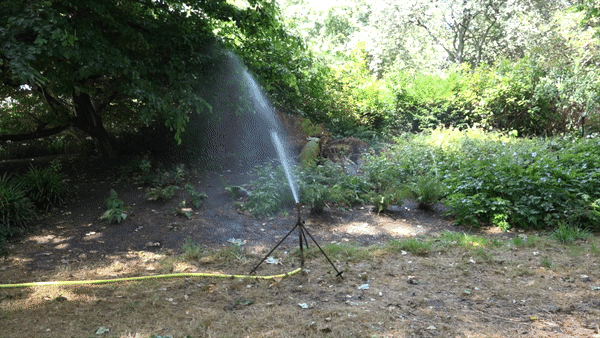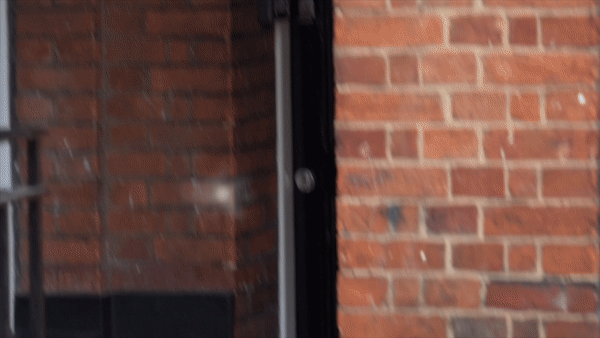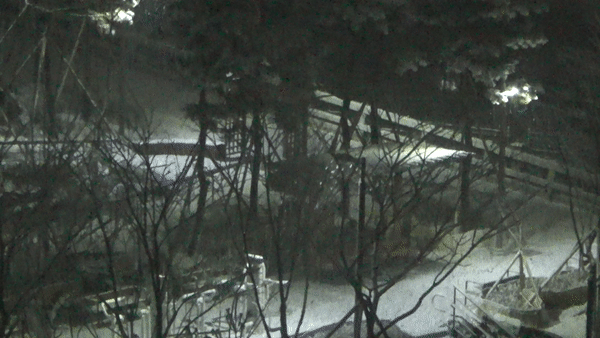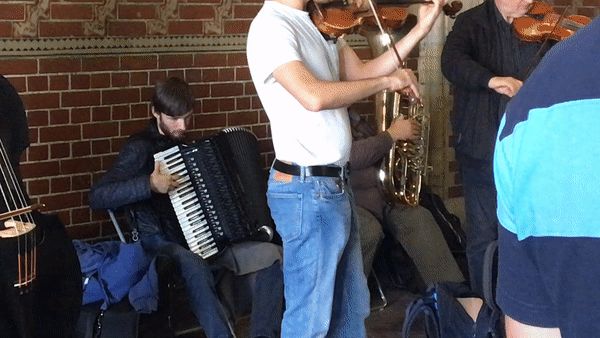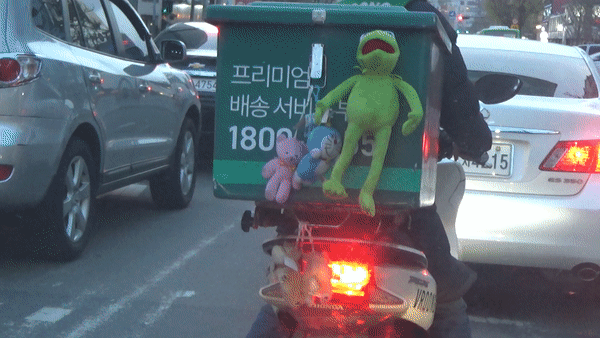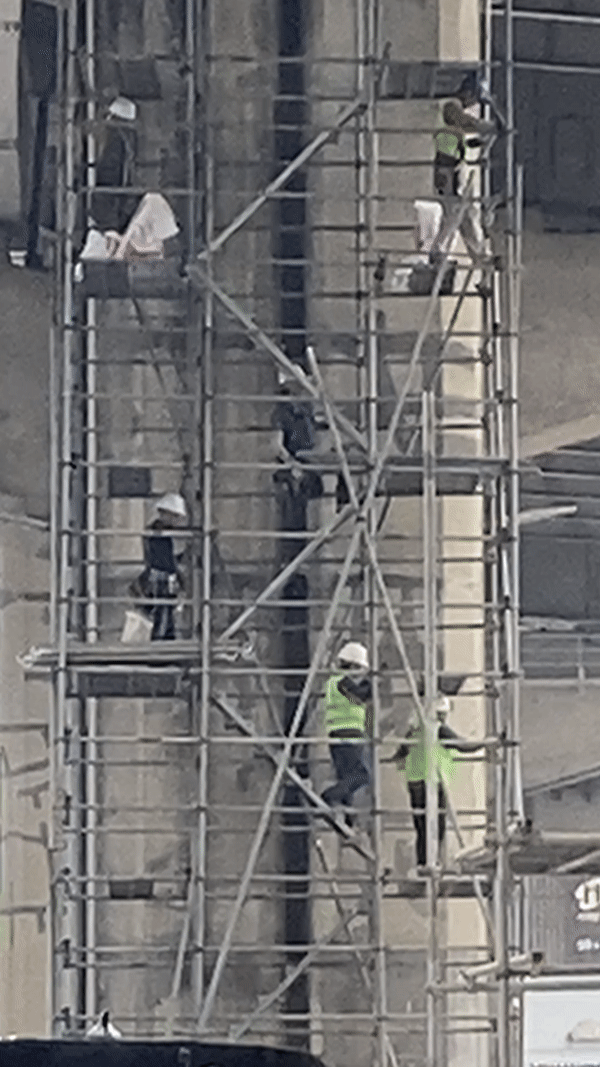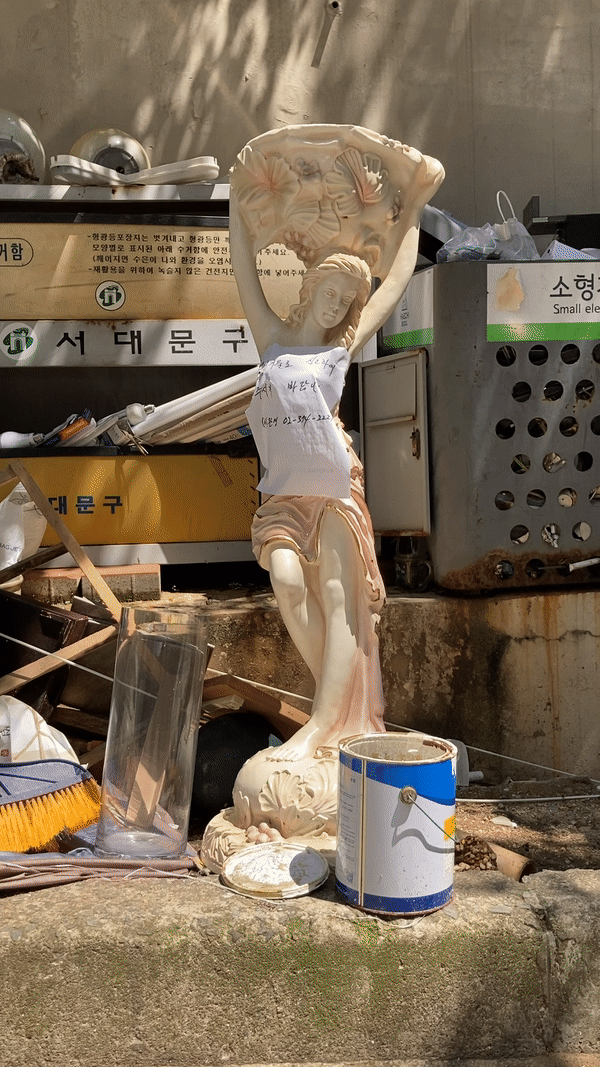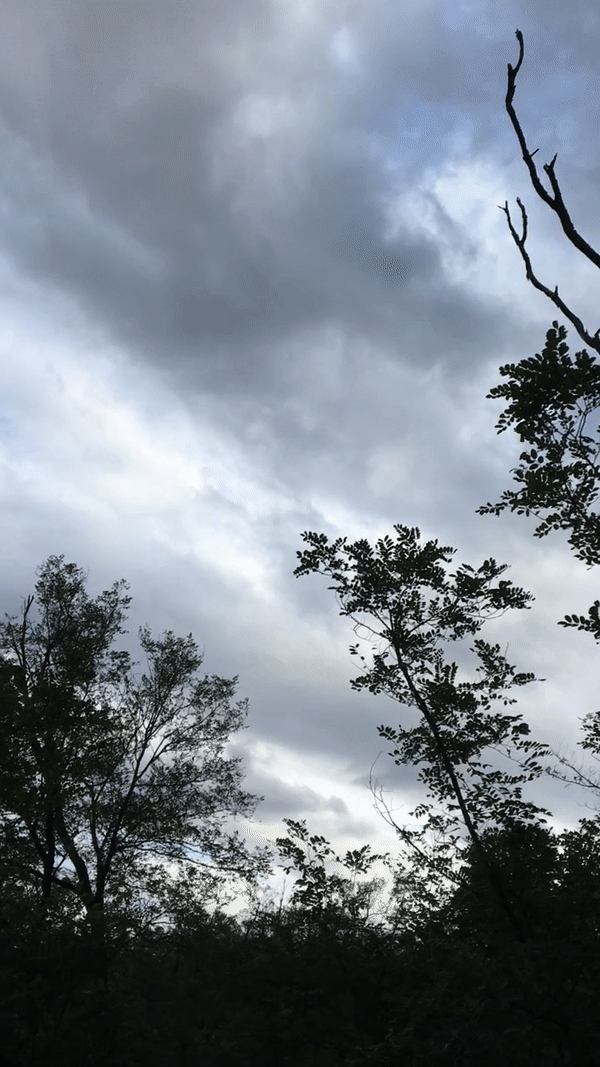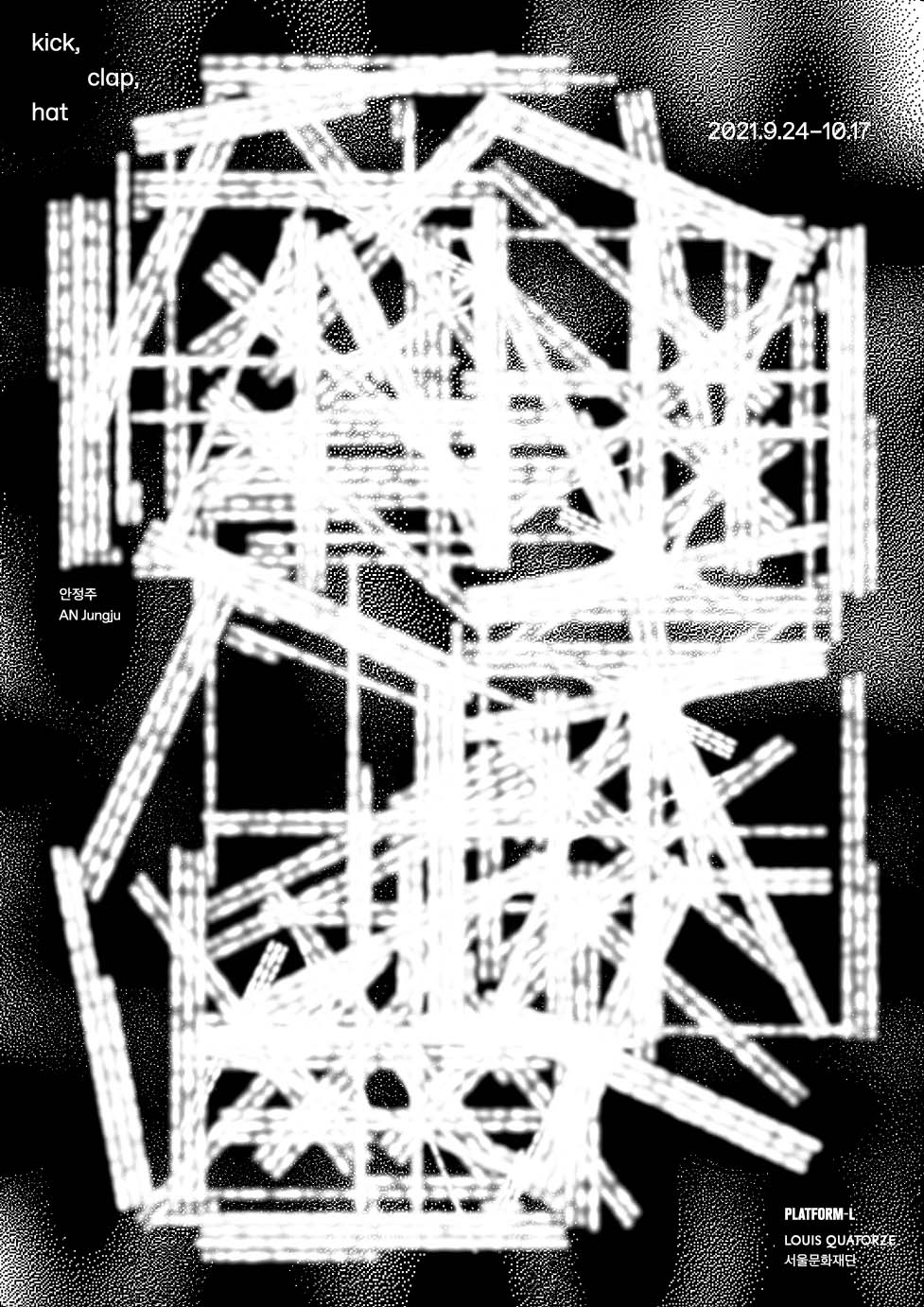

In and Out of Sounds
Let’s think about the in-and-out matter in a bigger scope. The following reasoning can be made although we cannot cover the entirety of the history on how the earth came into being. Pieces of dust floating above the universe clashed together, making some more fragmented and others clustered to get bigger in size, from which the earth began to exist – from a soft metal chunk. Fortunately enough, the earth could occupy a stabilized position and distance ideally from the sun amid wide-ranging sensitive and complicated happenstances. It started to show a massive and repeated rotation as it got its position. These conditions gradually cooled down its inherent heat, and formed the atmosphere, generating the air. Formation of the atmosphere filters out all sorts of radiations harming the birth of the earth coming from the universe, and penetrates only the essentials into it, which makes it the earth as it is today. In the sense of acoustic engineering, the earth can be said to have been patterned and filtered under specific conditions out of the entirety of noise – chaos and uncertainty of the universe. The filter named the “earth” is in action, and only the selected conditions enabling the earth ecosystem to come into being from outside the earth get passed to give birth to living things on it. The earth as an ecosystem born as such is a phenomenon generated by what has passed through a massive filter or the earth, so the earthlings that embody the basic mechanism of the filter from the moment of their birth cannot survive in the universe, which is outside the earth.
Ancient people experienced the day and night time by gazing at the sky. Traits and abilities of gods in ancient mythologies symbolize various types of filters being capable of having features to comprise a single earth filter. The concepts of “in” and “out” for survival began to expand the scope of targets the concepts indicate. As civilizations continue to evolve, people has realized that the earth is a sphere and that there is the universe beyond the atmospheric zone of the earth, that is, the boundary of the earth filter. In today’s world, the mankind project the awe and pioneering spirit to the universe beyond the earth, which ancient people felt by gazing at the vast ocean they used to perceive as outside of the land.
There has been the issue of sounds at all times all the way through. The concept of air appeared along with sounds. Sounds had existed way before ancient people appeared, and even before they were getting closer to the image of modern people. The sounds coming in from outside must have been like warning to sense external threats for ancient people, and sounds like thunders must have been felt like anger of beings that had existed from a much longer time ago than themselves. They must have been closer to a completely different fundamental fear unlike how we feel comfort in our heart by listening to the sound recording of woods in today’s world. Sounds coming in from outside through the air enabled people to perceive of the attributes and size of the space more multidimensionally through the reverberation of them reflected depending on their size, material,angle, and so on. The difference in the experience of ancient people versus us is that they could hear from a broader space, and distinguish what sounds they heard because they concentrated on them so much in a state of tension being as high as the intensity of the threat. Since people feel much more secure in the modern environment than how ancient people felt threatened by external risks, they came to almost never mind diffuse reflection in a narrow and dense space in a nation, a city, a village or a house, ending up not perceiving the fact whatever sounds are coming in. They lost not only an ability to hear broadly and delicately for having to seeking for and adapt to a secure environment but also imagination to deeply bring in an auditory world, thus turning the world into the one that is vision-centric, dealing with other senses supplementarily.
The range of frequencies of 20 Hz to 20 kHz is known as an audible frequency or AF, which is a scope where average humans can be cognizant of sounds. This manifests that people’s hearing has been filtered so that they could only hear sounds within the AF. Nobody knows how they have evolved this way biologically. Likewise, other living creatures on the earth, for instance, bats and dolphins have their own AF scopes that have been differently filtered, which is what we might know but not the reason why. All living creatures on the earth have a biological structure where their exclusive filter has been applied for hearing. In other words, they are likely to perceive only a minimal portion of the sounds on the earth which occur with the earth’s filter in operation, believing other sounds might not exist although they do.
When you make a sound with words, you might perceive your voice. However, once you hear your voice being amplified through a microphone or your recorded voice, you would feel that the voice you have known throughout your life sounds slightly unfamiliar. It is because when we speak, the sound transmitted to our ear through our mouth - the phonatory organ – is exposed to the external air first, we simply hear the sound coming into our ear, and also it includes vibrations transmitted to our brain through the mandible. However, a microphone would only receive the vibrations of the sounds exposed to the air. Precisely put, others that hear your voice would perceive your voice as the sound – being slightly unfamiliar to you – amplified through a microphone and an amplifier, instead of the one you hear yourself. Your voice you find unfamiliar would be remembered by others as your exclusive voice. Moreover, let’s assume that we listen to sounds through a microphone after recording them in a certain space. You would remember the sounds you heard from the space. However, when hearing the recording, you would realize that there are many more sounds being recorded than what you actually heard. It is because we are more strongly connected to familiar sounds in a psychological sense than what we actually hear, so the brain would perceive psychologically familiar sounds as clear ones, believing that it could not hear other sounds. In this sense, it would be more accurate to call it the brain action, instead of the auditory action through ears. When we hear something, not only our ears but also our brain would do so. The brain filters out sounds through a psychological action of familiarity. However, a microphone as machine has no filtering feature of the psychological function of the brain, receiving the vibrations transmitted through the air. Therefore, it goes beyond the inertia to enable reacting mostly to what the brain finds familiar in a certain space or circumstance, that is, ignoring what is heard as if it is absent. It hints at the fact that the sounds being amplified through a microphone or recorded are more real than what our ears could hear. The in-and-out concept of sounds, it turns out, is closely linked to our body’s internal and external interaction, transcending the concept of nature and environment. We might lastly think about this. If our ears can perceive the sounds with the AF with no filtering of the brain more clearly and accurately, our world would be perceived utterly differently. When it happens, the sounds somewhat strangely perceived – albeit sounding familiar – would feel like auditory warning in a perilous environment outside for ancient people. All everyday sounds we hear are what piled up memories have been synthesized through the filtering of our ears and brain. What we can never remove from the current sounds where extremely filtered sounds are synthesized would be the sounds heard by the ears that are in action before the brain does filtering. Ears hear much more than we think no matter how our brain filters out. If we hear the incoming sounds from outside through ears more consciously, our brain would adapt to them more. There still exist opportunities for us today to bring the awe and pioneering spirit found in the mankind of the past as they gazed at the ocean as what is outside the land towards the sounds existing inside the scope of the AF but outside psychologically.
RYU Han Kil










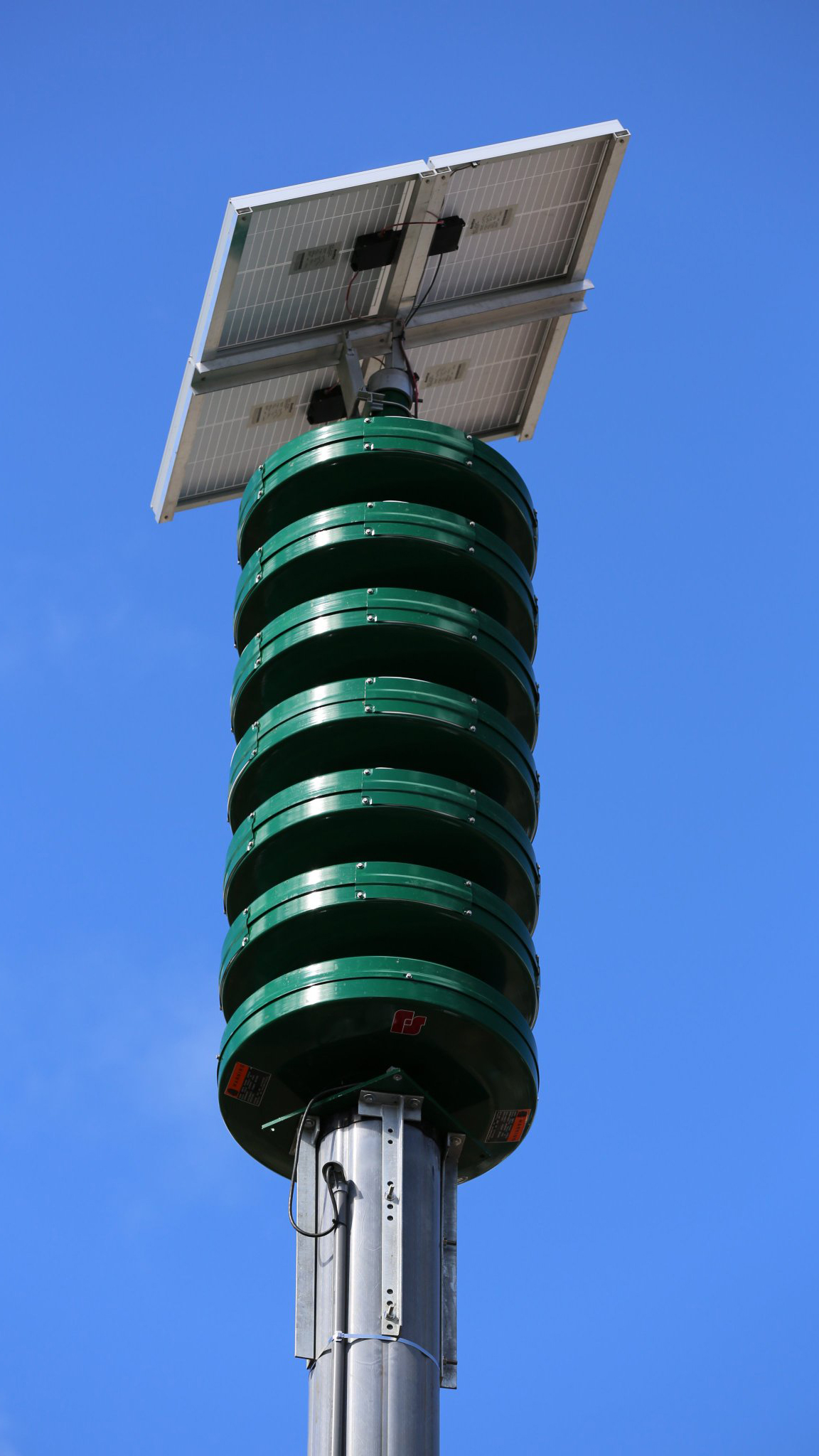
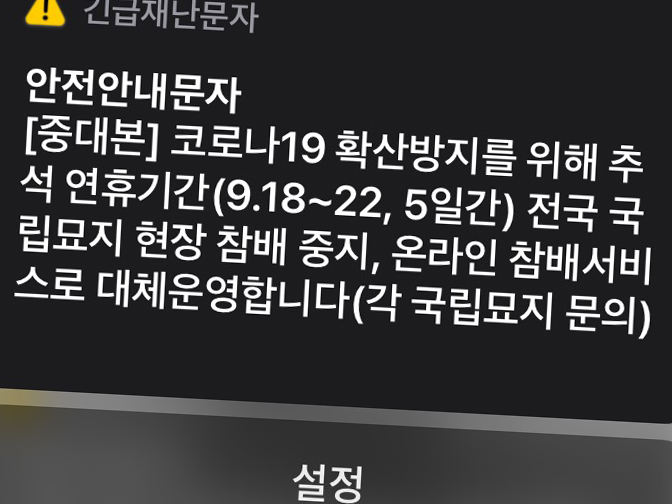



kick, clap, hat:
Status Shift_From the Moment of fragmentation, Crash and Subversion of Audio/visuals
Jungju An pays attention to possibilities beyond the visual sense derived from auditory experiences of listening to “sounds” in today dominated by the visually driven culture. Most of his works tends to be in the form of video, but places the auditory sense at the core – instead of the visual one – as an apparatus to drive a narrative in the work, or exceed the superficial image and triggers certain sentiments. Here are some examples: the image of a collapsing building played with four channels in synch arouses specific emotions by emptily leaving behind the sounds of a construction site dominating the scene above the grayish dust covering up the remains at the end (Breaking to Bits, 2007); specific patterns were found in the process of producing soju – one of the most common distilled liquors in Korea – in a factory where lines are busily operated at a fast pace, the noises generated by bottles and machinery were edited and played over them so that special beats could be injected into a crack of a visually overwhelming sense created by repetition and rules in the factory system(Bottles, 2007); and the images and sounds of military training intended to raise people’s collective mindset and sense of belonging by training their behavioral patterns to be consistent were arbitrarily fragmented, chunked and edited, thereby creating a space of unique rhythms between the disciplinary and rule-driven obsessions (Drill, 2005). Jungju An has recently revealed ruptures in the existing schemes and systems by utilizing attributes of sounds, and explored possibilities of sounds in a socio-political context. For example, in Hand in Hand with Amigos Para Siempre(2016), he produced a music video for two cross-cut pieces of music by using songs produced by re-mixing the official Olympic theme songs for the 1988 Seoul Olympics and 1992 Barcelona Olympics. The song(s) made for the sake of boosting nationality and deepening the bonding in the government-driven manner generate sensorial cracks and tension by being coupled with low-resolution images from old analogue TVs playing the videos, noises and glitches, and awaken the reality of conflict and contradiction underlying the events at the national level. Moreover, for Smoke(2018), Jungju An selected seven films set against the background of the May 18 Democratization Movement, extracted private dialogue of people that flew away from the incidence, arranged it into hard-to-recognize sounds. Such a mode is to criticize the mass media resorting to personalized voices in order to represent a group within the frame of political understanding by staying away from historical narratives and scenes intended by the films. It is also an act to restore individual voices that vanished from the official history. There have been some changes in the way Jungju An dealt with sounds in his works ranging from early to recent works, but he has consistently adhered to having sounds at the core of his works, seeking for political possibilities and triggering critical thinking.
His idiosyncratic methodology to acquire meanings led by the auditory sense, within the form of the today’s art/exhibition attempting for realignment by prioritizing the visual sense above all other senses, has been carried onto this exhibition 〈kick, clap, hat〉. He first of all selected and extracted four sounds from the mass media, broadcasting and everyday life as follows: the alert sound of disaster texts which has become the most familiar sound today; chirping of birds filling up the air when voices of heads of state were muted on the bridge which were aired on TV when the summit was held; the sounds of a consistent pitch coming out of sirens from the warning system on national risks; and lastly, the sounds of a ghost in a horror movie whose physical presence does not exist. Jungju An composes music using these collected sounds, and modifies it into another music in collaboration with another composer. Not only that, the sounds are translated into choreograph, video works, and relocated to the VR – a 3D visual setting – so that he could bring back the outside of the scene – the cropped space beyond the viewing angle, dancers, players of musical instruments and videographers shooting it all - in the existing video language to the inside of it. The criticality along with the serial adaption into a new style and form would be existing in the outer screen space, that is, the position and roles of sounds. In the exhibition, Jungju An seeks to focus on the possibilities stretching beyond the frame through the auditory experience which distorts a narrative, instead of a dramatically clear narrative provided by the visual sense. The VR at the main exhibition hall on 2F claims to be of a sense beyond reality, but in fact, it is merely a mechanical instrument resorting to the visual sense, enabling the audience to observe the phenomena only through their vision. While putting in another layer of space and cracks into a virtual space unfolding in a device, he used the sounds not matching with the images in front of their eyes to induce the audience to try to identify their origin. This again is scattered by external sounds whose source is unknown, placing the audience in the middle of transference of senses where the scenery caught in their vision collapses and the inside and the outside are intersected. In addition, the main space on 3F exhibits his multi-channel video work projecting and scattering the light into a light-penetrating structure. The structure enables only the seemingly light-weaving sounds to make a proper trajectory by resisting the images from being fixated and continuously segmenting the narrative in the video. His work exhibited in the annex building awakens the source of sounds from behind, and the existence of shadows that are not visualized, but reveals the exclusive presence of sounds as acoustics flowing and intervening from somewhere into the repeatedly generated motions which fail to move forward. As such, the exhibition enthusiastically utilizes the sounds whose source and origin are not identified in order to take a closer step to the outer rims of the image and externalities. As the objects caught in vision get more difficult to recognize, acousmatique[1] outside the screen space or in the outer screen originatively three-dimensionalize the space and the place we step on. On top of that, the way the exhibition is held further maximizes the effects, which connects spaces by modifying the senses even when the sounds are segmented again, disintegrated and placed in a physically separated space, from the initial sounds to the point of having them wear the attire of visual images. In other words, this is based on the understanding of the physical structure of the exhibition hall consisting of four spaces, and hallways and stairs connecting them. As the length of time (to move) each space – from plot to plot – is stretched more and the afterimage gets blurrier, the existence in the outer screen space dominates the inner one. As such, the exhibition begins by welcoming the audience with an intro starting with music reverberating through the space as well as the abstract posters like the prelude. Furthermore, in the structure of the sounds filling up each space – the image works and the stairs and outer passageways filling in between or promenades – that is, along the line of flow from the outside (inside) to the inside (outside), sounds and images clash and penetrate into, and induce the audience into a sensorial flow which cannot be easily defined.
As such, sounds in 〈kick, clap, hat〉 repeatedly slip over by being fragmented, instead of being smoothly aligned with those with a physical form or visual images in the process of adaptation consecutively from medium to medium, so a circumstance in front of people’s eyes end up as an event which would stimulate their imagery through auditory experiences where sources and contexts keep changing. Here, the sensorial driver for awakening at the exhibition would be active not only within the sounds he extracted and its spatial reverberation but also within the image-sound relationship, the serial process of their flight and translation, and the motions of the audience corresponding to it. As mentioned above, Jungju An seeks to focus on the sound-image correlations within the audio-visual media like film or video, and explore political possibilities exclusively found in acoustics which are made possible by overturning the correlations. This is to suggest sounds as an entry point to diversify the pathways for interpretation by floating around the surroundings of visual images and phenomena, or to trigger multi-dimensional contexts inherent in the sounds themselves by detaching from specific images and narratives, that is, social, cultural, political and historical. In conclusion, sounds in the exhibition were derived from a single place and a body and an instrument that existed there along with images, but these two betray each other and cause a discord, being visualized as some crack between images and sounds. This is to start perceiving “sounds” based on the traits of “the sounds” instead of the sounds mobilized to complement images and narrate a site, listen to the sounds that gained sovereignty driving a narrative in a circumstance where images back up acoustics, and enable the images disturbed by the auditory sense to occur in the experience of a subversive sense. Superiority of the auditory sense beyond the visual one can be said to completely correspond with objects through emotions and inspiration, instead of trying to judge objects based on rationality and knowledge. As such, this exhibition poses a question on the attitude to newly sense the present by letting individual memory, knowledge, current experiences and emotions freely clash with one another in the course of horizontally crisscrossing the segmentation & alignment of audiovisuals, slippage & complementation, intervention & clash and harmony, and encourages the audience to reaffirm wide-ranging propositions sunken into a grand slogan of “today” finetuned with the rampant audio-visual images.
KIM Sung woo
